The ocean holds wonders beyond imagination, and among its most fascinating, yet potentially dangerous, inhabitants is the box jellyfish. These creatures are not simply jellyfish as we often picture them; they represent a unique lineage within the class Cubozoa, possessing complex eyes and a surprisingly sophisticated nervous system. This guide delves into the world of box jellyfish, exploring their biology, behavior, habitat, and interactions with both the marine ecosystem and humanity.
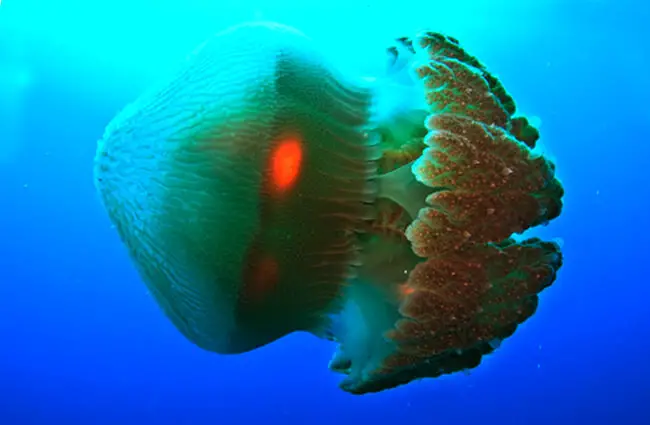
What are Box Jellyfish?
Box jellyfish, members of the class Cubozoa, are distinguished by their cube‑shaped bells – hence the name. While often referred to as “jellyfish,” they represent a distinct evolutionary branch. Unlike most jellyfish, which are largely passive drifters, box jellyfish are active hunters capable of purposeful movement. This agility, combined with potent venom, makes them formidable predators.
Physical Characteristics
The bell of a box jellyfish typically ranges from a few centimeters to about 30 centimeters in diameter, though some species can grow larger. They usually have four tentacles extending from each corner of the bell, though the number can vary. These tentacles are covered in cnidocytes – stinging cells that inject venom into prey or potential threats. The color of a box jellyfish can range from transparent to pale blue, making them difficult to spot in the water. Perhaps the most remarkable feature is their sophisticated eyes, arranged in clusters on each side of the bell.
Habitat and Distribution
Box jellyfish inhabit the coastal waters of tropical and subtropical regions around the world. They are most common in the Indo‑Pacific region, particularly around Australia and Southeast Asia. Several species are also found in the Caribbean and along the coasts of Brazil and Florida. They generally prefer shallow, calm waters, such as mangrove swamps, estuaries, and sheltered bays.

Where to Find Them
For animal lovers hoping to observe box jellyfish in the wild, the best locations include:
- Australia: Northern Australia, particularly during the warmer months, is a known hotspot for the highly venomous Chironex fleckeri.
- Southeast Asia: The waters around Thailand, the Philippines, and Indonesia are also home to various box jellyfish species.
- Florida and the Caribbean: Occasional sightings have been reported in these regions.
However, approaching these creatures requires extreme caution. It is best to observe them from a safe distance or under the guidance of experienced marine biologists.
Diet and Hunting Strategies
Box jellyfish are carnivorous predators. Their diet primarily consists of small fish, crustaceans, and other invertebrates. They are active hunters, using their sophisticated eyes to detect prey. Unlike many jellyfish, which rely on currents to bring food within reach, box jellyfish can actively pursue their targets.
How They Hunt
Box jellyfish employ a fascinating hunting strategy. They use their tentacles to immobilize prey, injecting venom that paralyzes or kills. The tentacles then draw the prey toward the mouth, located on the underside of the bell. Their venom not only subdues prey but also contains compounds that aid digestion.

Reproduction and Life Cycle
The reproductive cycle of box jellyfish is complex and varies slightly between species. Most species exhibit a life cycle that includes both sexual and asexual phases.
Mating and Reproduction
During the breeding season, male and female box jellyfish release sperm and eggs into the water. Fertilization occurs externally, and the resulting larvae develop into tiny polyps. These polyps attach to the seabed and undergo asexual reproduction, budding off new medusae – the bell‑shaped form of the jellyfish. This cycle allows box jellyfish to rapidly increase their population in favorable conditions.
Ecological Role and Interactions
Box jellyfish play an important role in marine ecosystems. As predators, they help regulate populations of their prey species. They also serve as a food source for larger animals, such as sea turtles and some fish.
Interactions with Other Animals
Despite their potent venom, some animals have developed adaptations to coexist with box jellyfish. Sea turtles are known to feed on box jellyfish, apparently immune to their sting. Certain species of fish also exhibit immunity or tolerance to the venom. Box jellyfish also provide habitat and shelter for various small invertebrates.
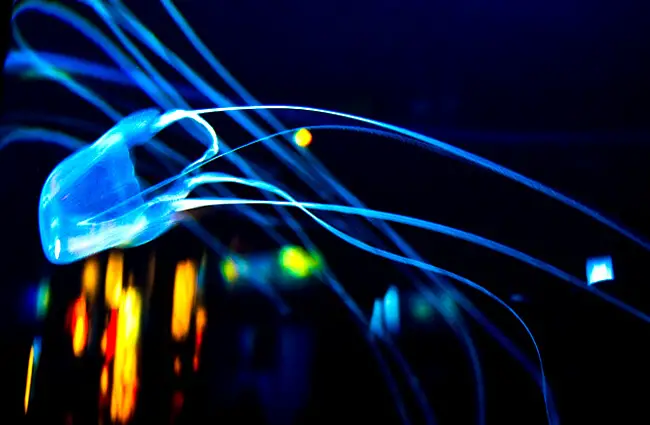
Human Interactions and Safety
While fascinating, box jellyfish pose a significant threat to humans. The venom of some species, particularly Chironex fleckeri, is extremely potent and can cause excruciating pain, paralysis, cardiac arrest, and even death.
What to Do if Stung
If stung by a box jellyfish, immediate action is crucial:
- Call for help: Seek medical attention as quickly as possible.
- Vinegar application: Flood the affected area with vinegar for at least 30 seconds. Vinegar neutralizes the nematocysts (stinging cells) and prevents further venom injection.
- Remove tentacles: Carefully remove any visible tentacles, using gloves or a barrier to protect your skin.
- CPR if necessary: If the victim shows signs of cardiac arrest or difficulty breathing, administer CPR until medical help arrives.
Prevention is always the best approach. When swimming in areas known to harbor box jellyfish, wear protective clothing, such as a wetsuit or stinger suit.
Box Jellyfish in Captivity
Maintaining box jellyfish in captivity is challenging due to their complex needs and delicate nature. However, several aquariums around the world have successfully kept and displayed these creatures.
Care Guidelines
For aquarium staff, essential care guidelines include:
- Tank Requirements: A large tank with strong water circulation is essential.
- Water Quality: Maintain pristine water quality through regular filtration and water changes.
- Diet: Feed them live or frozen fish, shrimp, and other invertebrates.
- Enrichment: Provide enrichment through the introduction of objects or currents to stimulate their natural hunting behavior.
- Avoid Direct Contact: Always use protective equipment when handling box jellyfish or their tank water.
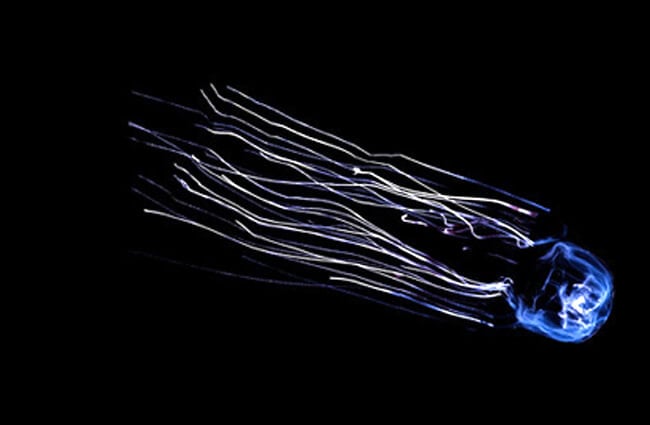
Evolutionary History
The evolutionary origins of box jellyfish are still being investigated, but current research suggests they represent an ancient lineage within the class Cubozoa. Their complex eyes and sophisticated nervous system indicate a significant evolutionary divergence from other jellyfish. It is hypothesized that box jellyfish may have evolved from more primitive jellyfish forms during the Cambrian period, over 500 million years ago.
Interesting Facts
- Box jellyfish have up to 24 eyes, arranged in groups called rhopalia.
- Some species of box jellyfish can reach speeds of up to 6 kilometers per hour.
- Their venom is one of the most potent in the animal kingdom.
- Box jellyfish are marine organisms found in warm ocean waters.
- Some indigenous cultures use box jellyfish venom for medicinal purposes.
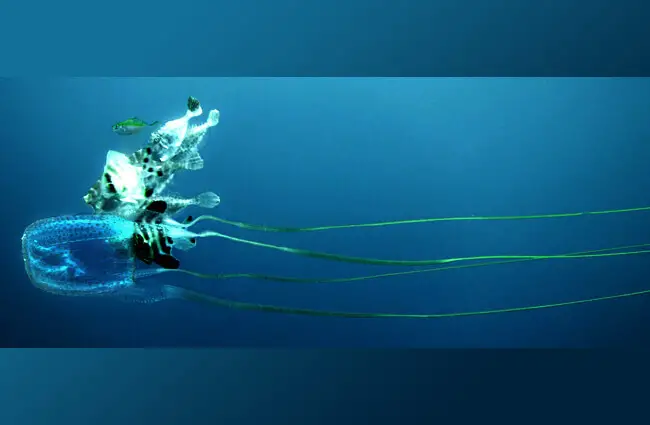
In conclusion, box jellyfish are remarkable creatures that embody the wonders and dangers of the marine world. Their unique biology, complex behavior, and potent venom make them a subject of ongoing scientific investigation and a source of both fascination and respect. Understanding these creatures is crucial for protecting both human health and the delicate balance of marine ecosystems.

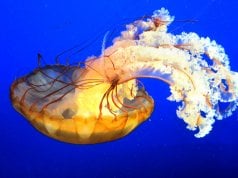




![Red Angus Closeup of a beautiful Red Angus cowPhoto by: U.S. Department of Agriculture [pubic domain]https://creativecommons.org/licenses/by/2.0/](https://animals.net/wp-content/uploads/2020/03/Red-Angus-4-100x75.jpg)

